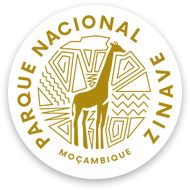Under the 25 year co-management agreement signed in 2018 between the National Administration for Conservation Areas (ANAC) and Peace Parks Foundation (PPF), the partners have set about to re-establish the foundations of the Park so that it may grow and develop as a premier destination within the Great Limpopo Transfrontier Conservation Area.
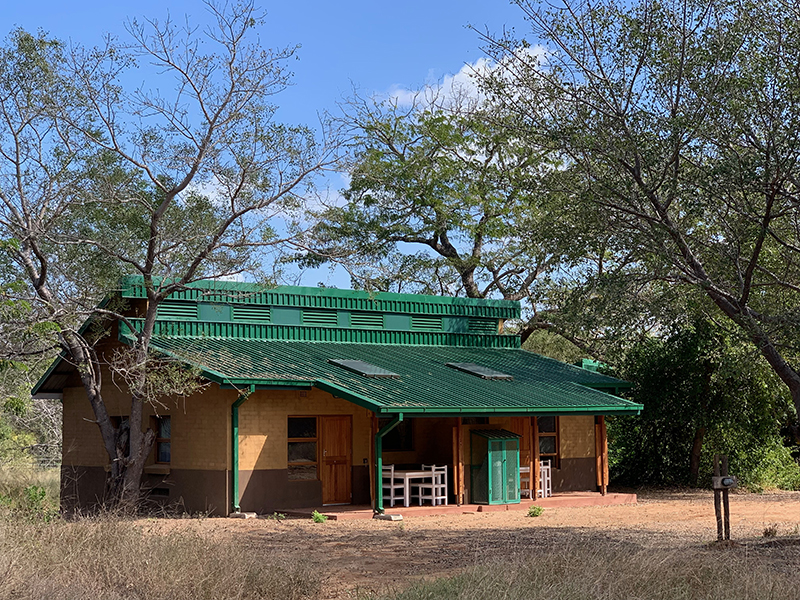
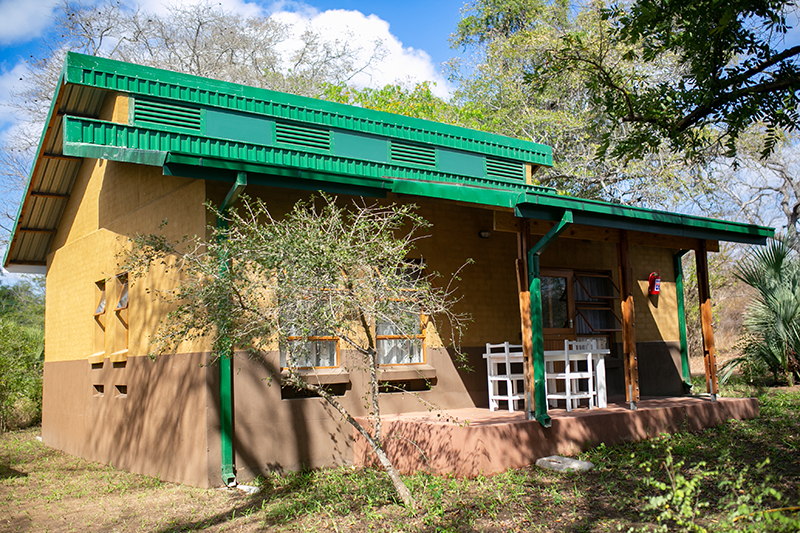
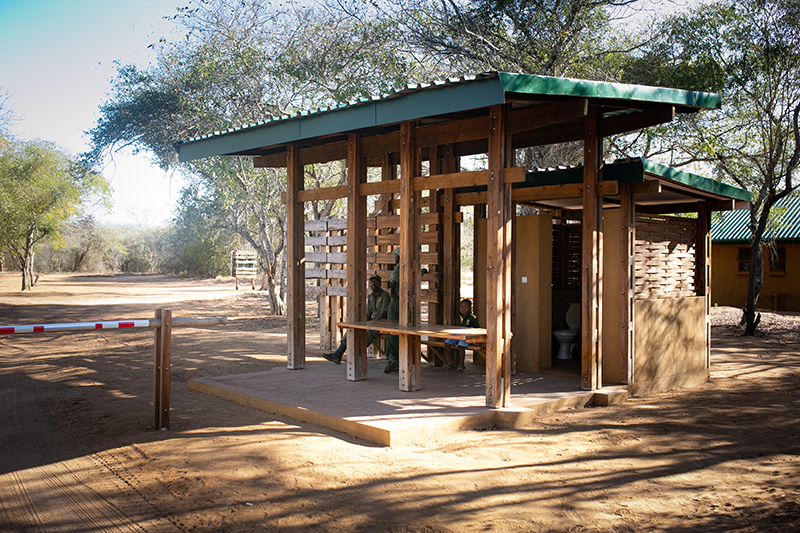
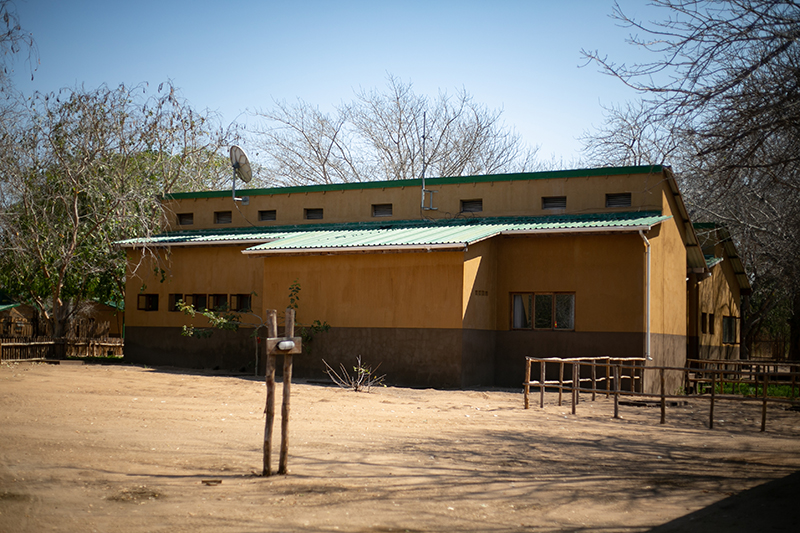
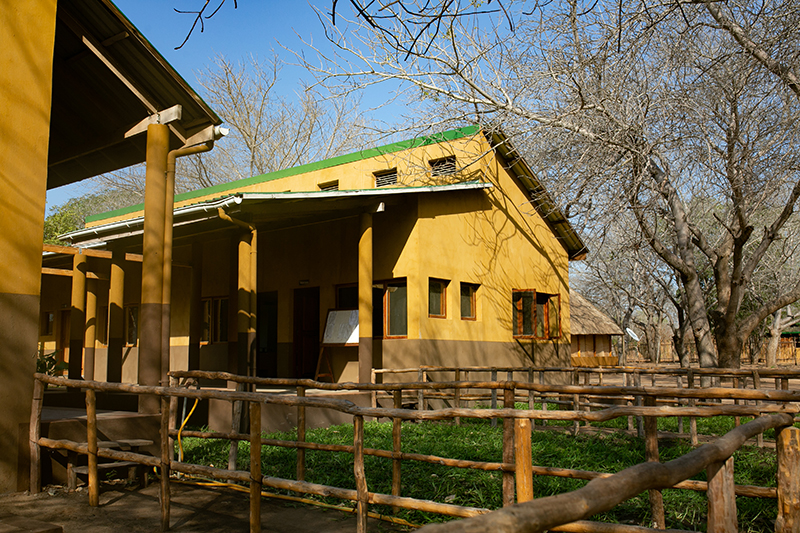
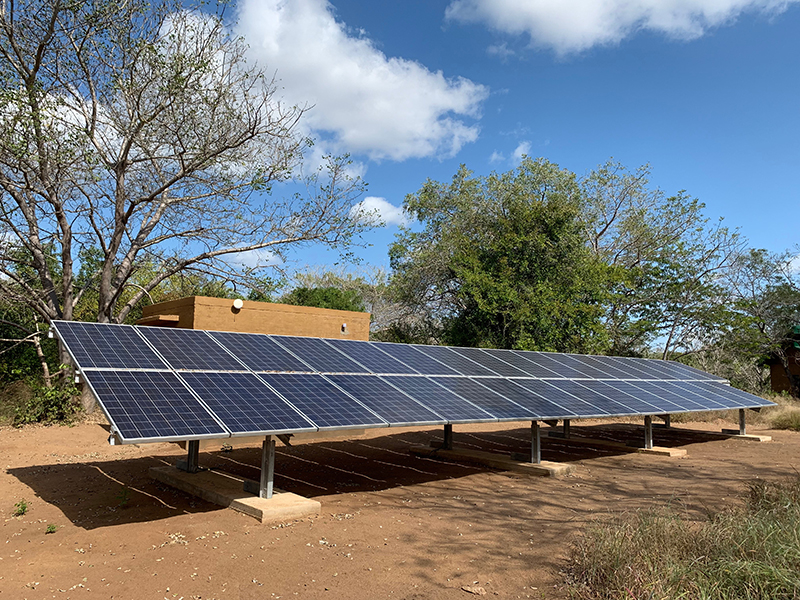
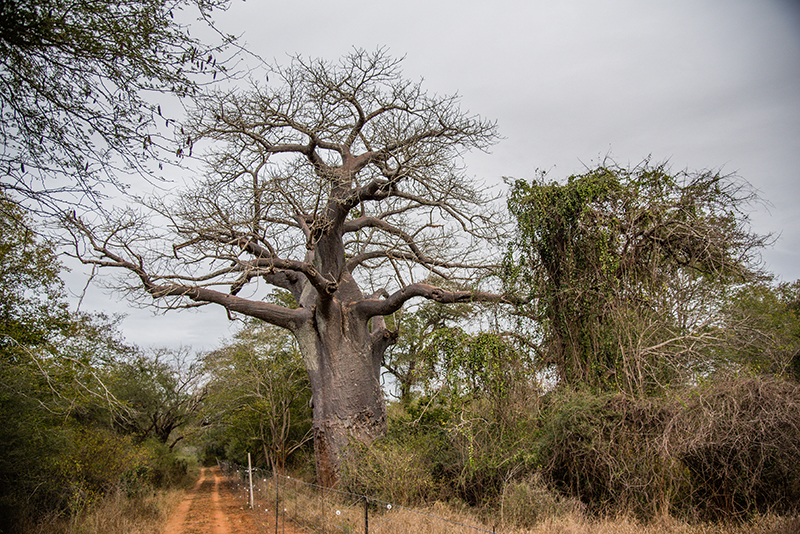
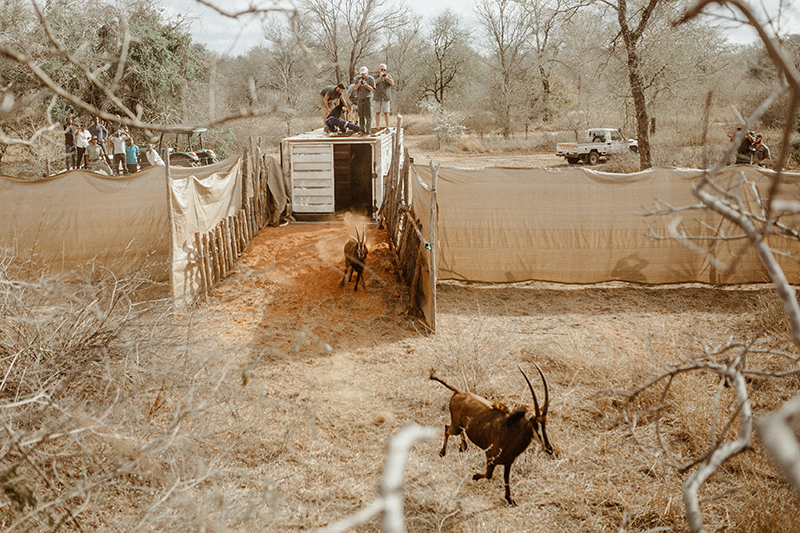
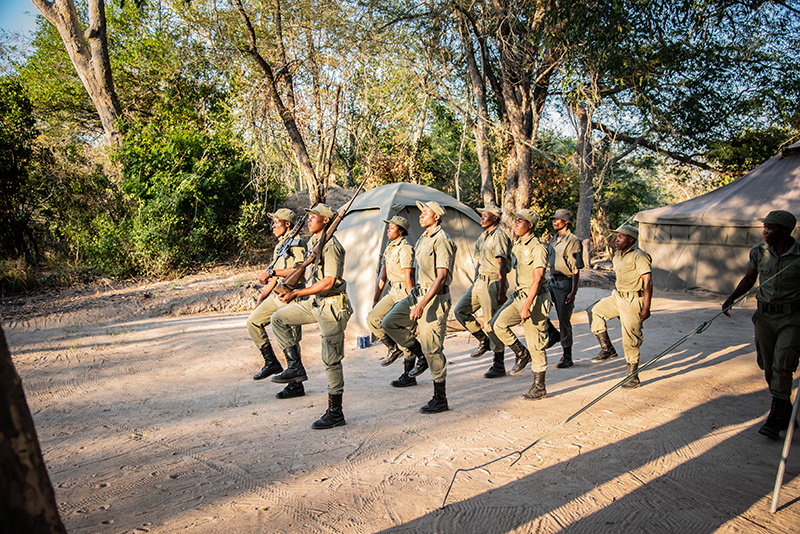
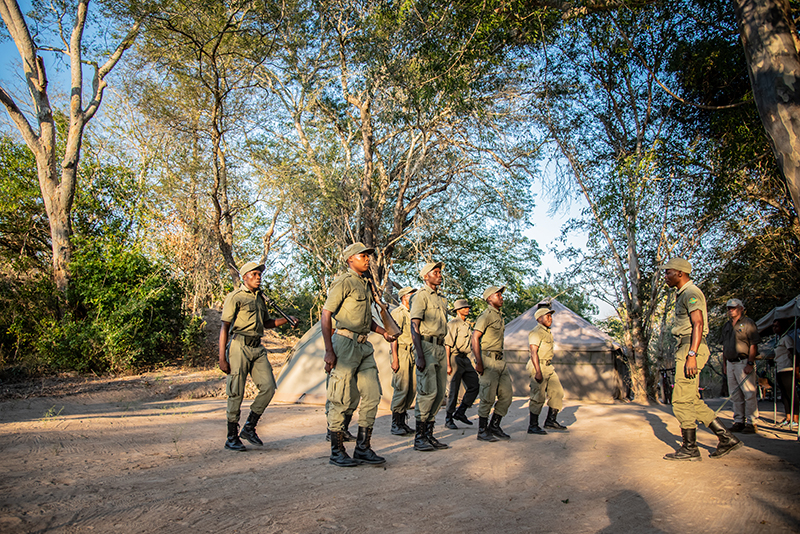
Additional staff have been appointed, equipped and capacitated and essential assets have been procured, such as vehicles, trucks and airplanes to enable the effective management of the conservation area. In parallel, protection services have been revitalised and the area is well secured. Additional rangers have been sourced from communities, trained, equipped and deployed in the park.
By 2022, the park protection capacity will be further improved in preparation for the arrival of the Big-5 in the park. This will include employment and training of further rangers and acquiring a helicopter for rapid response and the implementation of a “LORA” network (long range network capability) throughout the park.
With a secured area, the wildlife will be well protected and numbers will increase to enable further tourism investments. To date, more than 2,280 animals that included giraffe, impala, reedbuck, waterbuck, warthog, buffalo, zebra, wildebeest, sable and elephant, have been translocated into this sanctuary from conservation areas in Mozambique, Zimbabwe and South Africa. In 2021, the first carnivores were introduced in Zinave, that included a clan of four hyena and two leopards. Lion and Leopard have also returned to the Park through natural migration within the GLTFCA.
Relocation planning for 2022 includes the rewilding of lion and Black and White Rhino, Eland and Lichtenstein’s hartebeest plan to be re-introduced in 2022/2023. This will make Zinave the first Big-5 national conservation area within Mozambique with the first viable breeding population of black and white rhino.
The rewilding combined with spectacular scenery and the Save river frontage will enable a quality tourism experience enabling concession opportunities to be launched from 2023. These opportunities will include concession investor opportunities for both five-star and three-star catered and self catering facilities. Currently the Park offers a variety of dry 4×4 camps and basic camping and tented facilities at Tondo camp overlooking the Save river and surrounding pan systems.
These opportunities will include concession investor opportunities for both five-star and three-star catered and self catering facilities. Currently the Park offers a variety of dry 4×4 camps and basic camping and tented facilities at Tondo camp overlooking the Save river and surrounding pan systems.
As with all parks, a mutual beneficial relationship with communities is essential, as per Mozambique regulations, communities have a 20% share of parks revenue earned and benefit through aspects such as regional economic development and employment, both directly by the park and through tourism and other economic spin off opportunities. Throughout its development over the last five years, there have been on average of 100 community members employed on Eco jobs programs for works such as opening roads, fencing maintenance and constructing facilities.
The park has also implemented certain community support programs, including conservation agriculture and honey production, as well as has established governance structures with the community associations and is currently working on natural resources management committees with the communities.



